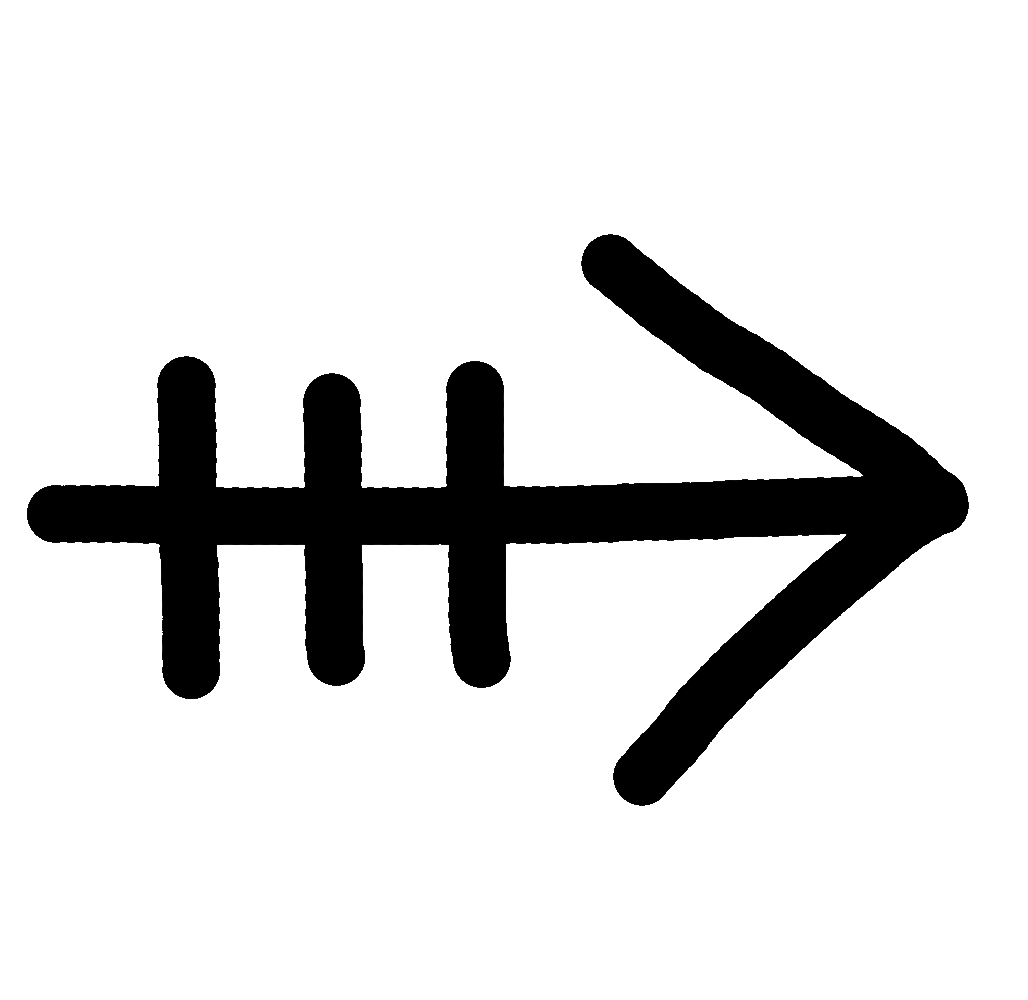Hashing has its roots in the old English game called “Hare and Hounds” where members chased after one another while on a cross-country run that had a trail designated with paper. With the spread of the British Empire, the game eventually found itself played by colonial officers and expatriates around the world. On a Monday night in 1938, a group of approximately five men met in Kuala Lumpur, Malaysia to help rid themselves of the excesses of the previous weekend and to share a few beers with friends.
After a few months of meetings the Registrar of Societies informed members that as a “group,” they would require an official name and a constitution. A.S. “G” Gispert suggested that the group name themselves after the local club where they met (and has nicknamed the “Hash House” for its bland food), and the Hash House Harriers was born.
The Constitution of the Hash House Harriers has four tenants:
- To promote physical fitness among our members.
- To get rid of weekend hangovers.
- To acquire a good thirst and satisfy it with beer.
- To persuade the older members that they are not as old as they feel
After the invasion of Malaysia by Japan in World War II, the Hash House Harriers was put on hold and founder A.S. “G” Gispert was killed while fighting in the Japanese invasion of Singapore. After the conclusion of the war, the Hash House Harriers was re-formed in August of 1946, though membership remained sparse.
The second continuous kennel was founded in Singapore in February 1962, and slowly but surely more the more kennels were founded as men were shipped to the various corners of the British Empire. The first kennel outside of Southeast Asia was founded in Cyprus in 1968, and Hashing finally made its way to America in 1971 with the founding of the Ft. Eustis H3 in Virgina. Hashing in Chicago started on June 19, 1978, founded by Guy “Sir Guy of Guy” Woodford and there are seven active kennels as of this writing. For more information about the specific Chicago-area kennels, be sure to check out each kennels’ website.
 TABLE OF CONTENTS |
 HASH TRADITIONS |

